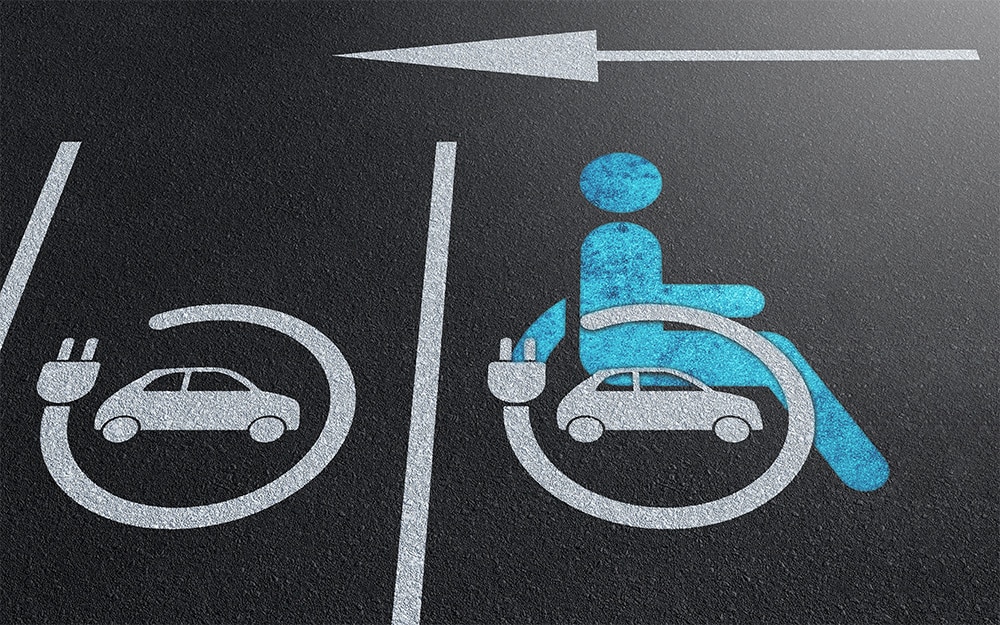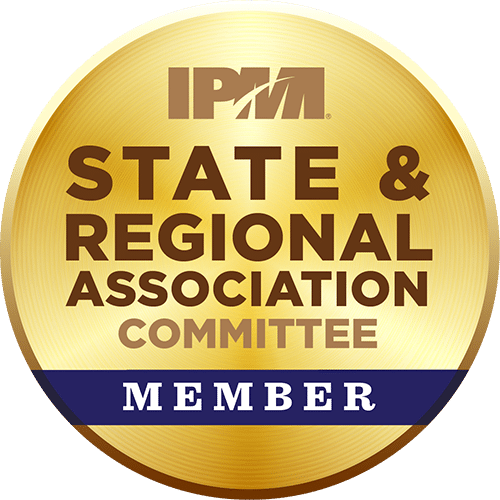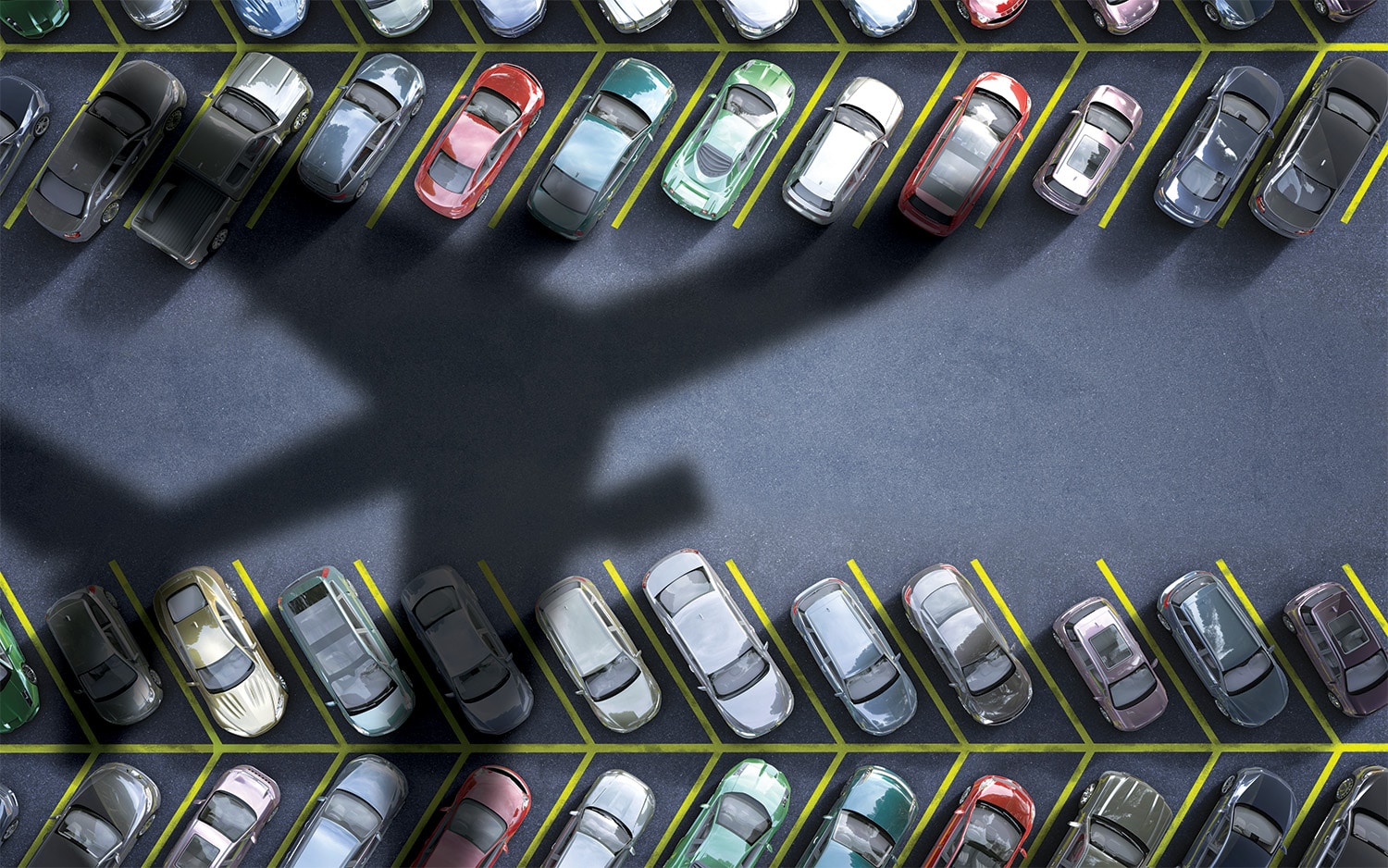
EV Charging Accessibility
A Comprehensive Guide in Ensuring ADA Compliance in Electric Vehicle
Share:
Share:
In December 2022, I wrote the article “Non-Criminal Adjudication of Parking Tickets” for Parking & Mobility magazine. That article provided a high-level view of things to consider if/when your municipality decriminalizes your parking operations. In this follow-up, I am sharing the story of how the City of Easton, Pennsylvania, applied those vital considerations and successfully decriminalized their parking violations,
In 2012, I worked for the City of Easton as the Lieutenant of the Records & Traffic Division for the police department. Parking enforcement fell under that command. There was one Parking Enforcement Officer and one meter maintenance person at that time. Parking was an afterthought until there were complaints — then, it took center stage. We were inundated with customer complaints, non-payment of fines was rampant, meters were old and outdated, warrants for parking tickets turned citations were unmanageable, and revenue collection was poor, to say the least.
I knew there had to be a better way.
In late 2013, I began working with parking professionals, city administrators, the public, and vendors to chart a path forward for a more efficient and effective parking operation in Easton.
We were still writing paper tickets then, so we began exploring electronic enforcement options. The old paper tickets were inefficient, and data collection was nearly impossible, so electronic tickets seemed to be the answer. It ended up being part of the answer but was only the beginning of what turned out to be a highly successful non-criminal adjudication program.
As a next step, I scheduled a meeting with our successful enforcement vendor. They asked me to give them a brief synopsis of what happens to the ticket from beginning to end. I can still remember explaining the process and hearing it out loud hurt my brain — I cannot imagine what the vendors must have been thinking. They responded with a simple one-word question: “Why?” I responded, “That’s how we’ve always done it.” I know — not a great answer. So, I set out to find out if there was a better way.
I need to understand the current criminal process for unpaid parking violations, so I began by seeking some legal advice and reading the Pennsylvania Rules of Criminal Procedure in-depth. Paraphrasing, the rules state that a parking ticket turned citation must be filed within 30 days. But what if we never sent it to citation and handled it as a civil conveyance? If handled as a civil conveyance, we could remove the ticket from the criminal court system, and the Rules of Criminal Procedure would no longer apply. The court system in Pennsylvania was overwhelmed. Warrants were issued for unpaid parking violations, and the court was essentially managing revenue and collection efforts. Pennsylvania is not alone in this antiquated process; most states have some version of the same thing. What if we could get the parking violations out of the court’s hands and handle them ourselves? Wouldn’t that be better for all parties?
Asking myself why started me thinking about what a different approach to parking ticket processing could look like. I had no way of knowing at the time that this would result in a new way of looking at parking violations that would be sought out by municipalities across the country and beyond.
While still working under the old system, I began building a new one. It was exciting and what drew me into the parking world. Building a new system meant starting from scratch, developing new methods of accepted payment, due process, and customer service, and re-writing or amending our ordinances to fit the non-criminal adjudication process. If I no longer have the leverage of the court system to make people pay for their tickets, then what needs to be implemented instead that is equally or more effective? How will I provide customers with their required due process? How do I go about collecting and tracking that revenue? What do I do about scofflaws?
I did not know of any other municipalities that had made this transition the way I envisioned, so there was no one to go to for a proven implementation plan. I was on my own to chart a new path, and as it turned out, that path was clumsy and full of reboots. I do not recommend anyone go about the process as I did! But, with trial and error, implementing a new system on my own was the best teacher possible. Did I make mistakes? You bet! But with each mistake and at every step of the way, I learned something new, and, in the end, Easton ended up with a much more efficient system. Now I use that knowledge to help other municipalities achieve successful parking de-criminalization.
Step by step, we navigated the changes. I spent countless hours writing ordinances allowing the city to immobilize vehicles for non-payment by the registered owners, and we began implementing our booting program by utilizing our motorcycle officers/traffic officers to boot scofflaws found randomly by our Parking Enforcement Officers (PEOs); not one of my best ideas. These new tasks were not a good match for their position. So instead, we developed a new Traffic Officer position with a job description that included booting scofflaw vehicles. The new Traffic Officer began using technology to our advantage and resurrected an underutilized and outdated license plate recognition (LPR) system. His efforts took booting numbers into the triple digits seemingly overnight. Eventually, we grew the number of LPRs and the types of vehicles they were mounted on to better cover the city and relay information to our office. This resulted in a significantly higher capture rate. We found the LPRs to be so successful that we even put one on the meter maintenance van and, eventually, two GEM electric vehicles. We grew our parking enforcement staff and provided them with regular training, professional uniforms, and more structure. Ultimately, we promoted a long-time traffic division staffer to the position of Parking Enforcement Supervisor. Building that team from scratch was one of the most important and gratifying steps because everyone had a part in developing this new process. It gave them ownership of this massive undertaking.
Transitioning parking enforcement from criminal to de-criminalized took us about one year. I recall going to the magistrate’s office and withdrawing hundreds of active citations and warrants. Collecting all that debt was now on us. We partnered with our enforcement vendor, who had experience in collections for municipalities. While we were using the court system, our collection rate was close to 50%, and tens of thousands of dollars were tied up in court-ordered payment plans that collected pennies on the dollar while scofflaws racked up more fines. In the first year of non-criminal adjudication, our collection rate was around 77%. Each year since, the city has managed to keep those collection rates high due to the de-criminalized parking efforts.
In my previous article, I discussed some benefits of this process for the customer and the municipality. The confusion among our customers dropped significantly, they now had a specific and assigned place to go to air complaints, discuss payments, etc. The ability to forgive tickets was now a much easier and friendlier process. For those that were not forgiven and requested by the customer to be reviewed at a hearing board, we created a third-party, independent Parking Ticket Hearing Review Board.
Parking enforcement previously used three different magistrate offices in the city, the busiest of which handled well over 10,000 parking citation hearings in the last full year of using the courts. In the first full year of non-criminal adjudication, our Hearing Board heard only 24 appeals. That is not a typo! To this date, the Hearing Board convenes once monthly and schedules a maximum of four monthly hearings. Even with a full docket, the board never experiences more than 48 parking hearings yearly.
Among the biggest successes of using a Hearing Board is that we no longer had to pull our Parking Enforcement Officers from their routes to attend court hearings. We simply sent one representative from the city to present each violation, supporting documentation, and photos of the violation(s) to the review board. For most agencies, this would greatly save overtime pay for parking enforcement officers. In creating proper due process, we allowed the customer to have a final appeal in the Court of Common Pleas.
At the end of the day, the non-criminal adjudication transition in Easton resulted in the recovery of millions of dollars of previously uncollected revenue, a better experience for the parking public and parking division staff, a vastly decreased workload for court staff, and a more effective use of parking technology. To date, it is one of my favorite parking-related projects! ◆

Matt Lohenitz is the Owner of LOHI Municipal Consulting, a member of the IPMI State & Regional Affiliate Committee, and President of the Pennsylvania Parking Association.

A Comprehensive Guide in Ensuring ADA Compliance in Electric Vehicle

There is no one-size-fits-all for EV charging infrastructure, nor is

Case Study: Bringing 24/7 Customer Service to Regina International Airport
Parking & Mobility is IPMI’s flagship publication, covering the news, trends, analysis, technologies, and people of the parking and mobility industry, and how it affects and influences communities around the world.
| Cookie | Duration | Description |
|---|---|---|
| cookielawinfo-checkbox-advertisement | 1 year | Set by the GDPR Cookie Consent plugin, this cookie is used to record the user consent for the cookies in the "Advertisement" category . |
| cookielawinfo-checkbox-analytics | 11 months | This cookie is set by GDPR Cookie Consent plugin. The cookie is used to store the user consent for the cookies in the category "Analytics". |
| cookielawinfo-checkbox-functional | 11 months | The cookie is set by GDPR cookie consent to record the user consent for the cookies in the category "Functional". |
| cookielawinfo-checkbox-necessary | 11 months | This cookie is set by GDPR Cookie Consent plugin. The cookies is used to store the user consent for the cookies in the category "Necessary". |
| cookielawinfo-checkbox-others | 11 months | This cookie is set by GDPR Cookie Consent plugin. The cookie is used to store the user consent for the cookies in the category "Other. |
| cookielawinfo-checkbox-performance | 11 months | This cookie is set by GDPR Cookie Consent plugin. The cookie is used to store the user consent for the cookies in the category "Performance". |
| CookieLawInfoConsent | 1 year | Records the default button state of the corresponding category & the status of CCPA. It works only in coordination with the primary cookie. |
| elementor | never | This cookie is used by the website's WordPress theme. It allows the website owner to implement or change the website's content in real-time. |
| viewed_cookie_policy | 11 months | The cookie is set by the GDPR Cookie Consent plugin and is used to store whether or not user has consented to the use of cookies. It does not store any personal data. |
| Cookie | Duration | Description |
|---|---|---|
| _ga | 2 years | The _ga cookie, installed by Google Analytics, calculates visitor, session and campaign data and also keeps track of site usage for the site's analytics report. The cookie stores information anonymously and assigns a randomly generated number to recognize unique visitors. |
| _ga_02PMHW8YWC | 2 years | This cookie is installed by Google Analytics. |
| _ga_LC0QJJHM3J | 2 years | This cookie is installed by Google Analytics. |
| _ga_V9KYTSBYT2 | 2 years | This cookie is installed by Google Analytics. |
| iutk | 5 months 27 days | This cookie is used by Issuu analytic system to gather information regarding visitor activity on Issuu products. |
| Cookie | Duration | Description |
|---|---|---|
| mc | 1 year 1 month | Quantserve sets the mc cookie to anonymously track user behaviour on the website. |
| Cookie | Duration | Description |
|---|---|---|
| ultp_view_1052 | 1 day | No description |
| ultp_view_1058 | 1 day | No description |
| ultp_view_1060 | 1 day | No description |
| ultp_view_1064 | 1 day | No description |
| ultp_view_1068 | 1 day | No description |
| ultp_view_1070 | 1 day | No description |
| ultp_view_1072 | 1 day | No description |
| ultp_view_1078 | 1 day | No description |
| ultp_view_1082 | 1 day | No description |
| ultp_view_1088 | 1 day | No description |
| ultp_view_1100 | 1 day | No description |
| ultp_view_1103 | 1 day | No description |
| ultp_view_1114 | 1 day | No description |
| ultp_view_1118 | 1 day | No description |
| ultp_view_1122 | 1 day | No description |
| ultp_view_1125 | 1 day | No description |
| ultp_view_1130 | 1 day | No description |
| ultp_view_1132 | 1 day | No description |
| ultp_view_1135 | 1 day | No description |
| ultp_view_1541 | 1 day | No description |
| ultp_view_1554 | 1 day | No description |
| ultp_view_1557 | 1 day | No description |
| ultp_view_1560 | 1 day | No description |
| ultp_view_1563 | 1 day | No description |
| ultp_view_1568 | 1 day | No description |
| ultp_view_1572 | 1 day | No description |
| ultp_view_1576 | 1 day | No description |
| ultp_view_1580 | 1 day | No description |
| ultp_view_2305 | 1 day | No description |
| ultp_view_2321 | 1 day | No description |
| ultp_view_2338 | 1 day | No description |
| ultp_view_2342 | 1 day | No description |
| ultp_view_259 | 1 day | No description |
| ultp_view_270 | 1 day | No description |
| ultp_view_275 | 1 day | No description |
| ultp_view_286 | 1 day | No description |
| ultp_view_3074 | 1 day | No description |
| ultp_view_3115 | 1 day | No description |
| ultp_view_3334 | 1 day | No description |
| ultp_view_3336 | 1 day | No description |
| ultp_view_3338 | 1 day | No description |
| ultp_view_3340 | 1 day | No description |
| ultp_view_3346 | 1 day | No description |
| ultp_view_3354 | 1 day | No description |
| ultp_view_3361 | 1 day | No description |
| ultp_view_3367 | 1 day | No description |
| ultp_view_365 | 1 day | No description |
| ultp_view_367 | 1 day | No description |
| ultp_view_38 | 1 day | No description |
| ultp_view_3846 | 1 day | No description |